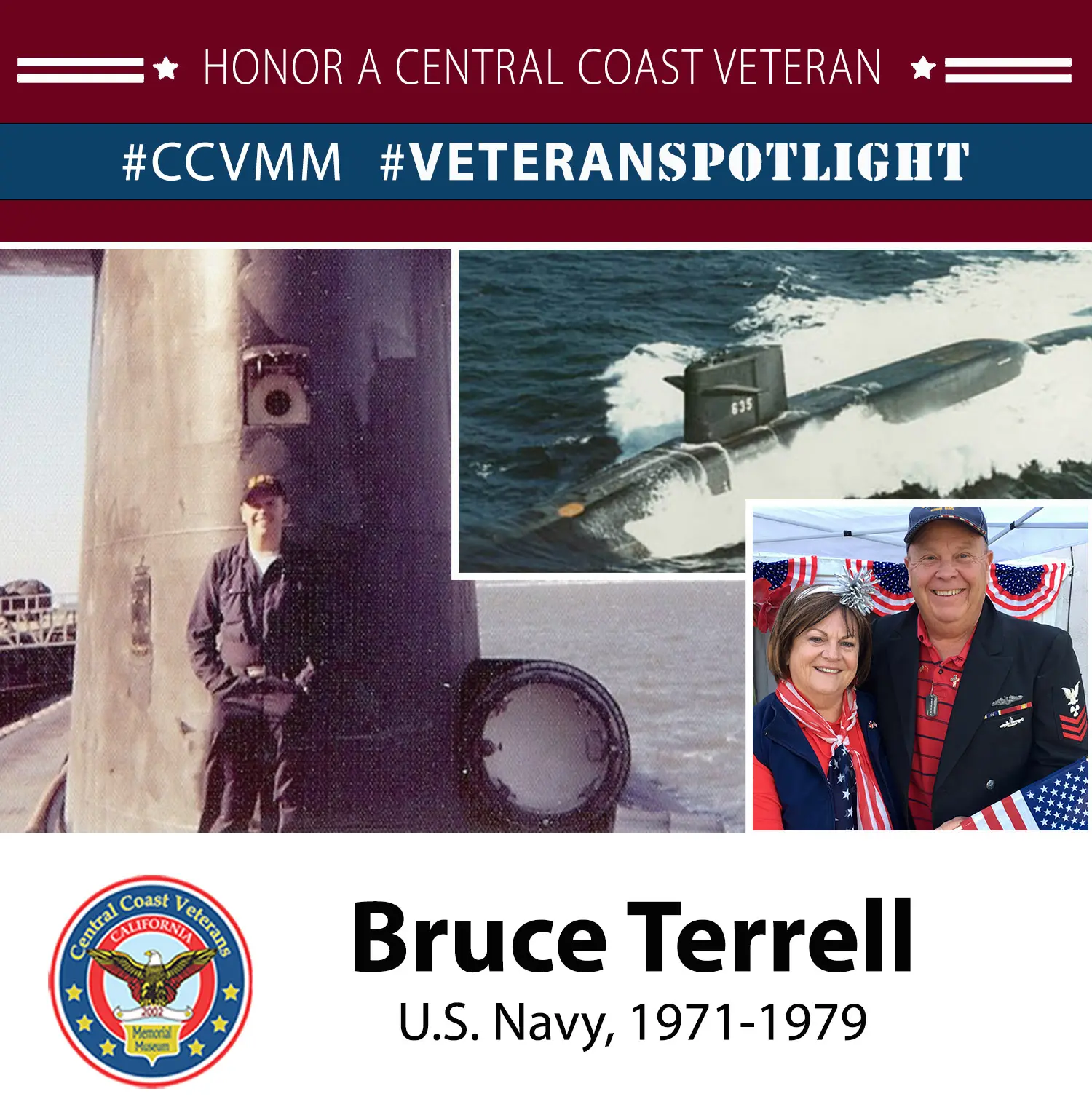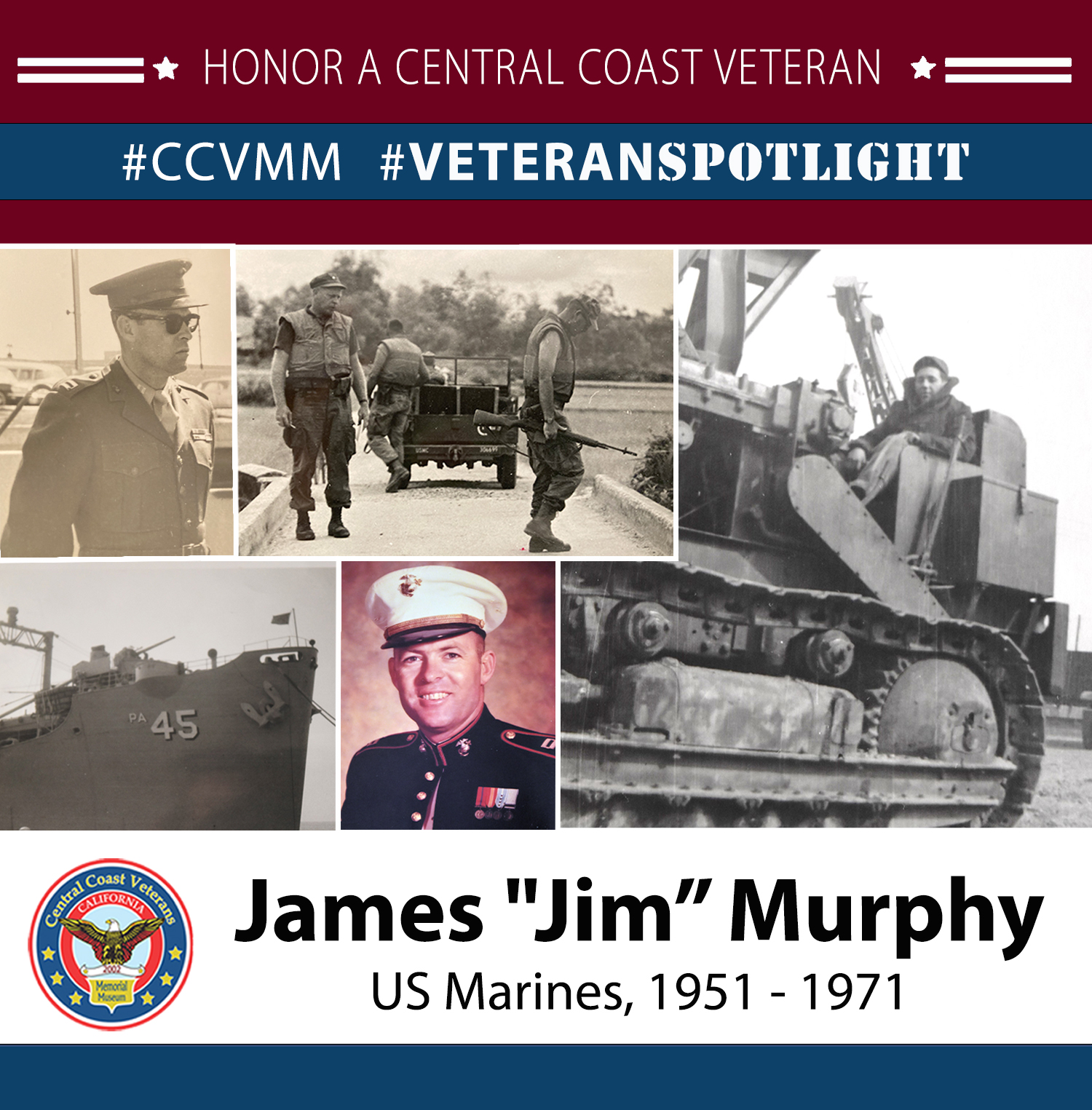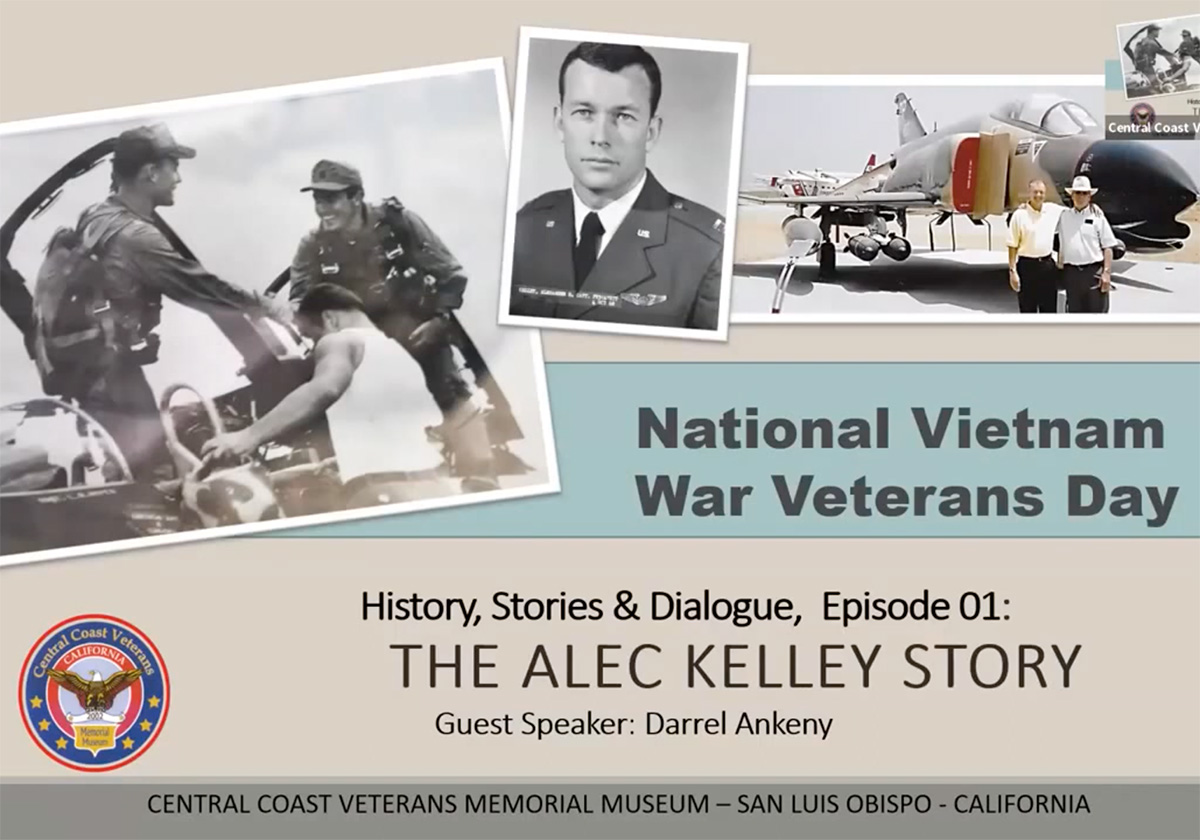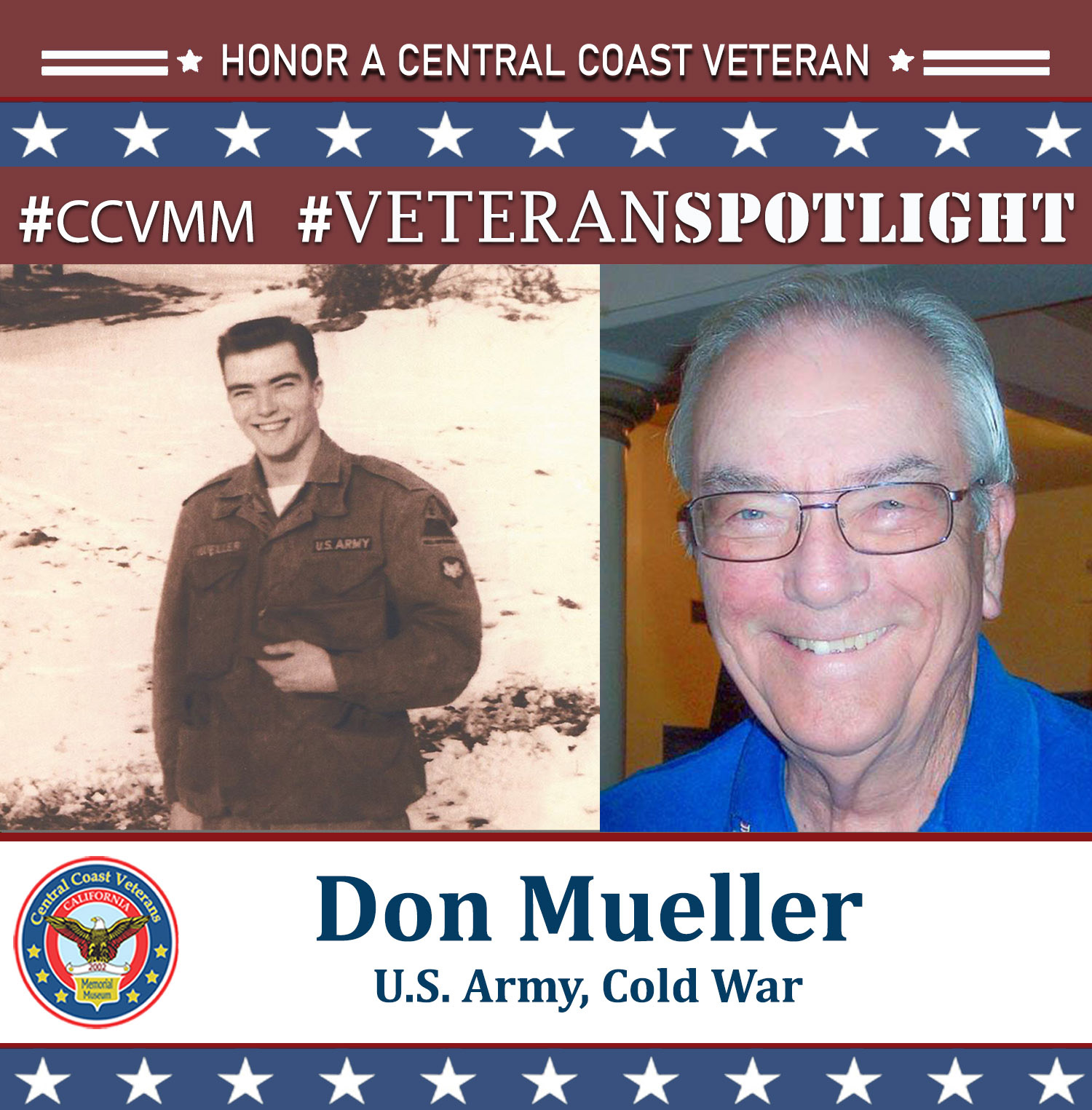
June 2022
Today we will be spotlighting Bruce Terrell.
Bruce served in the US Navy from 1971 to 1979 and completed his service as an MM1(SS) Nuclear Machinist’s Mate, Submarine Qualified. After his Naval Service, Bruce relocated to the Central Coast.
Bruce told us “The Navy provided the training and experience to allow me to work in the civilian sector doing much the same job as I did in the Navy. The discipline and perspective that I gained from the Navy and from serving on a submarine have greatly enhanced my personal life, both at work, as a father/grandfather, and my faith life.”
Bruce’s first two years in the Navy were spent primarily in one of the Navy’s more elite set of schools, Naval Nuclear Power School and at the Submarine Prototype S1W, with a short stint on the USS Sperry Submarine Tender (AS12). Upon completion of these schools, Bruce was retained as an instructor at the Prototype for the next two years. After that, he was assigned to the USS Sam Rayburn (SSBN-635) for the final four years of his service. The Sam Rayburn was armed with 16 ICBM missiles (each with multiple nuclear warheads) as well as torpedoes.
Bruce explained, “Our job was to remain submerged and undetected for months at a time as part of the nuclear deterrent against the USSR during the Cold War. Our typical patrol zone was in the North Atlantic Ocean in the vicinity of the Arctic Circle.” Bruce’s specific job was to operate and maintain the nuclear power plant on the submarine.
Bruce recalls, “Life aboard a ballistic missile submarine involved being submerged for two to three months at a time without surfacing and essentially cut off from the world, (except for war messages). It was an interesting and exciting time of my life. Everything involved tight quarters, from where you slept to where you worked. The time spent underwater was at times monotonous, but at other times dangerous. The food was good, the comradery excellent, and the pride of being a Submariner lasts a lifetime.” Bruce was awarded his Submarine Dolphins, and the Sam Rayburn was awarded the Battle Efficiency award twice during his time onboard.
After completing his service, Bruce worked at Diablo Canyon Power Plant for thirty years, allowing him to continue the path he forged in the Navy. While working at Diablo, Bruce completed his bachelor’s degree in Nuclear Engineering Technology.
Bruce is currently actively involved as a volunteer at his Church as well as the community at large and more recently attended a reunion for crewmembers of the Sam Rayburn.
Thank you for your service!




